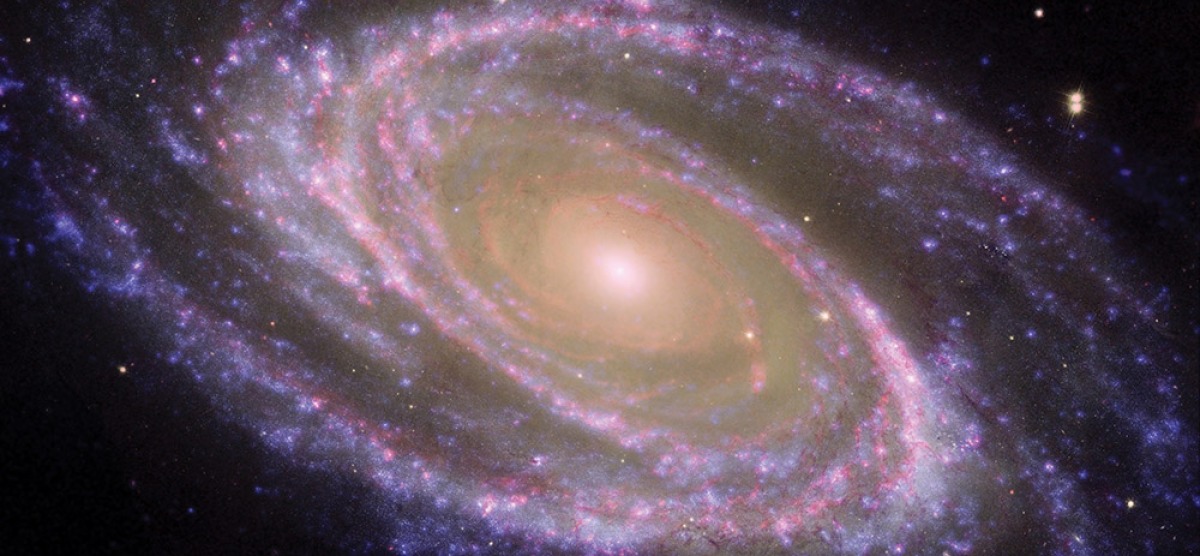
Celestial Navigation
A graduate student's guide to the galaxy.
Ever since elementary school, Olivia McAuley has loved math and astronomy. “Knowing that people have been to the moon and others are living and working in space in the International Space Station amazed me—and continues to,” she says.
“I was in first grade, living in New Jersey at the time, and my teacher gave us this project about the solar system. I thought, ‘There are so many planets bigger than Earth. I wonder how they look when compared to Earth.’ Then, I got to see Jupiter through a telescope, and I was so intrigued to see something ‘floating’ in space.”
That fascination drove her to earn her associate’s degree while she was still in high school and followed her to the University of North Carolina at Chapel Hill and a bachelor’s degree in physics (with a concentration in astrophysics and a minor in mathematics).
At UNC-Chapel Hill, she researched how galaxies evolve through interactions in the collection of galaxies designated as southern compact groups (SCGs) and photographed them using a network of robotic telescopes, called PROMPT, located in Chile and Australia. Plus, she made her mark in leadership roles within the Society of Physics Students and Carolina Women in Physics.
As a graduate student in Bryn Mawr’s physics program, McAuley says that “transitioning from a big university to a small college has been the best decision I have ever made. Being able to know all of the professors is wonderful, and I’m looking forward to helping students get comfortable with physics concepts—of course, with some astronomy sprinkled in along the way.”
In her research, she’s continuing her investigation into the mysteries of galaxy evolution—with a particular focus on the development of galactic spiral arms.
“The assumption about galaxy evolution,” McAuley explains, “is that everything in it was formed from the same gas, and if that were true, there should be little variety in chemical composition over time. But that’s not what we see. What we see in galaxies is a mix of stars with different chemical compositions.”
The cause of that mixing, she explains, is related to the transient nature of the galactic spiral arms, which allows stars to change their orbits radially—a phenomenon called radial migration.
“I want to understand the nature of the galaxy’s transient spiral structure,” McAuley says. To do so, she’s using the discrete Fourier transform method, a means of breaking down a signal (a two-dimensional position data set of the simulated galaxy she uses) into its constituent components. Once her analysis is complete, she hopes to achieve a deeper understanding of how spiral arms change over the lifetime of a simulated galaxy.
Published on: 05/20/2020

